Youth Empowered For Social Change
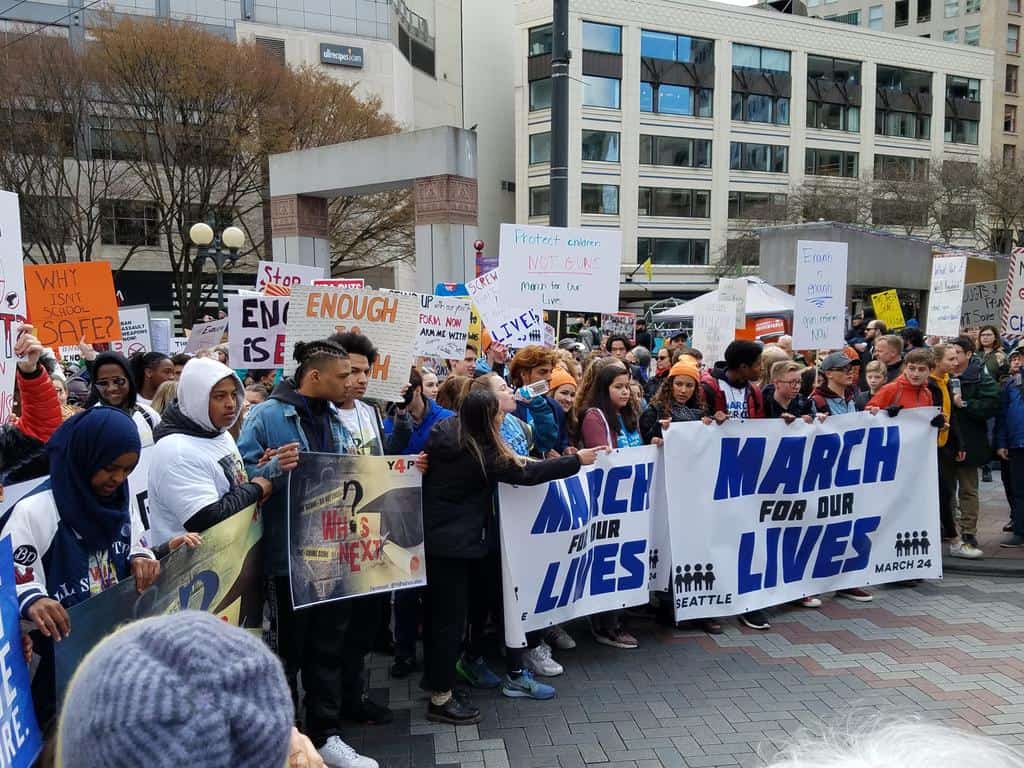
March For Our Lives was an impressive and important display of youth activism. Let’s support the student call for safe schools and communities.
Let’s not wait for another tragedy to empower young people to make a difference. In a confusing world of exponential change, it’s more important than ever for young people to develop the knowledge, skills, and self-confidence–agency plus capability–for change making.
It’s time for a new kind of civics education, an active approach rooted in the ideals of our diverse republic and one turbocharged by the agility of new technology.
In a week where we were reminded of potential misuses of social media, it’s important to remember that the national mobilization that led to the March For Our Lives was empowered by social media. Another case study in change making illustrates the new vibrant agile networked approach to civic solutions we need.
Learning to Stand Indivisible
In a 10th grade government class, Sarah Dohl (@SarahDohl) was elected Speaker of the House in a mock congress. She visited and fell in love with Congress and the idea of helping people through better policy. She aspired to be a speechwriter like Sam Seaborn on the TV series West Wing. After earning a communications degree at American and a year of consulting, Dohl became the speechwriter for Senator Maria Cantwell and then Communications Director for the House of Representatives.
After a Princeton policy degree Ezra Levin (@ezralevin) led a congressional campaign in Texas. After the 2008 election, Levin served as deputy policy director for a House member before joining Prosperity Now.
Frustrated after the 2016 election, Levin and his wife Leah Greenberg (@Leahgreenb), also a former congressional staffer, developed a Google Doc to demystify how Congress works. They posted a link on Facebook and tweeted it out and, after a few notable retweets from folks like secretary Robert Reich, the document went viral. When thousands of passionate citizens jumped into the doc, what became the Indivisible Guide crashed Google Docs.
Within days, they saw local groups forms as described in the guide. Concerned citizens shared the guide with as many people as they could. After being featured on Rachel Maddow, things got crazy.
A new nonprofit, Indivisible (@IndivisibleTeam), was formed in February 2017 to support the activity of local groups. Dohl joined a month later to direct communications.
There were lots of issue specific groups, explained Dohl, but “we wanted to show people that to make a difference on their home turf like-minded people could show up on a multitude of efforts.”
A year after formation, a national organization of about thirty people exists to serve the local groups. The loose confederation allows local groups to decide how to organize and what issues to work on. Groups have taken the policy guidance and run with it in different ways said Dohl.
Initially, “we weren’t focused on state and local issues but many groups became involved in issues including voting rights, immigration, and healthcare,” said Dohl.
“We are stronger if we come together on all issues, not just healthcare but immigration, we show up for each other,” added Dohl.
To young people, Dohl says, “It’s never too early to get involved. We see from students in Parkland a great example of young people that have a lot to say.”
Indivisible has several college chapters. High school students have used the Guide to get organized. (Picture from @OZRKIndivisible).
Social Media for Social Change
“Indivisible took off on social media platforms,” said Dohl. “So many of our groups started as Facebook groups.”
Dohl recalls that last year a group in North Dakota put out a notice for a meeting expecting only a few people and 600 people showed up. “We’re in a very interesting moment for social engagement,” added Dohl. “For civically minded people, there are new ways to form communities.”
Regardless of your politics, we can all agree that we’re living in challenging times and that exponential technology adds both opportunity and challenge.
March for Our Lives and the Indivisible case study suggest four conclusions:
- Big challenges. Young people will inherit a world full of big challenges. We have an obligation to not just inform them but to engage them in these challenges.
- Communities need agile responses. With the rise of artificial intelligence and the innovation economy, agile community groups will be key to regions becoming more responsive and adaptive and better able to address the waves of challenging issues headed their way.
- Social media can help. Despite current privacy and manipulation concerns, social media can help inform and mobilize responsive change.
- There’s never been a better time to make a difference. Schools should be alive with the potential to make a difference–to build an app, to start a business, to launch a campaign, or use smart tools to attack big problems.
School can and should be about experiencing success in difference-making, not just preparation.
The featured image is from @Indivisible_WA8.
For more see:




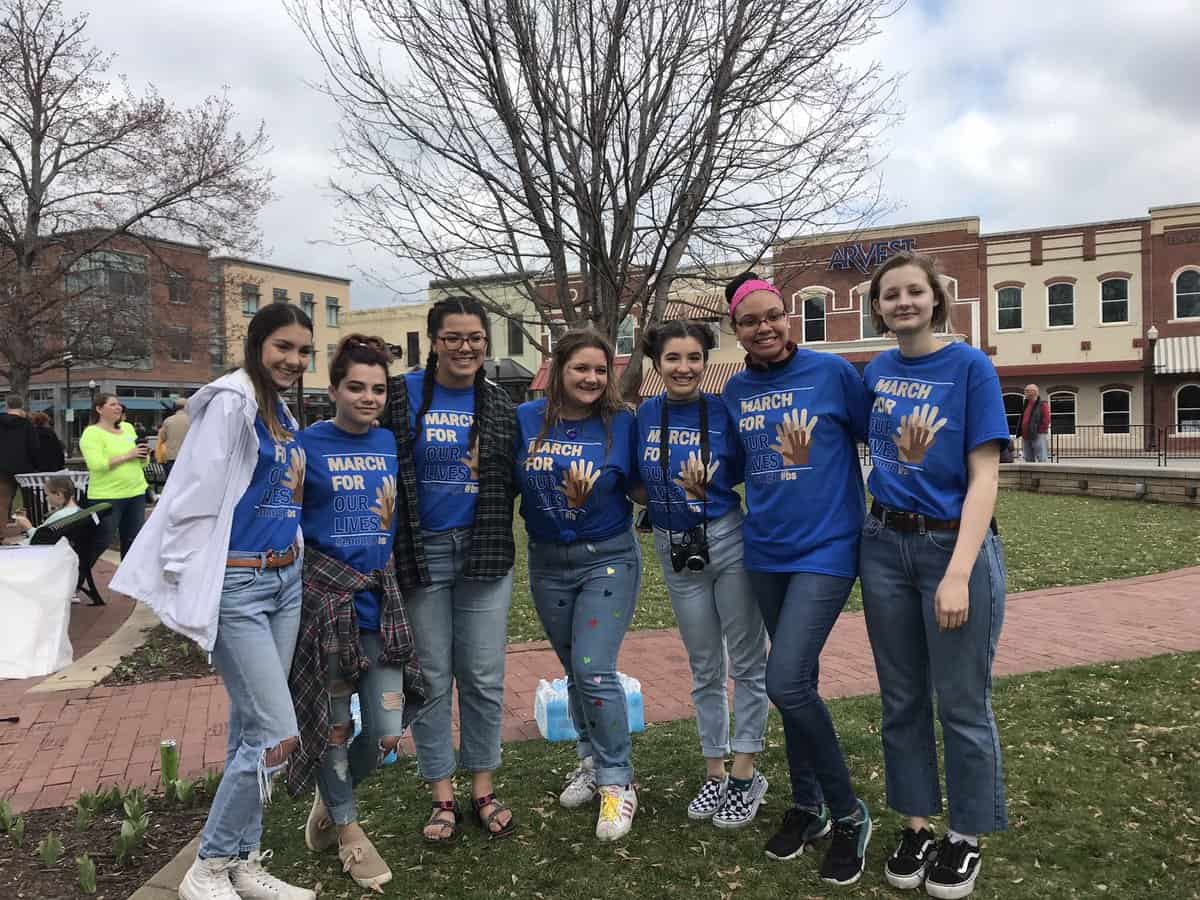
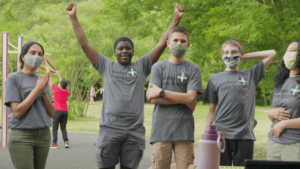
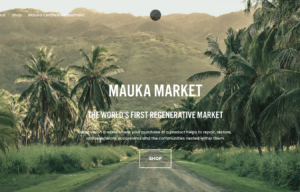
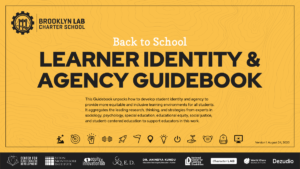
0 Comments
Leave a Comment
Your email address will not be published. All fields are required.